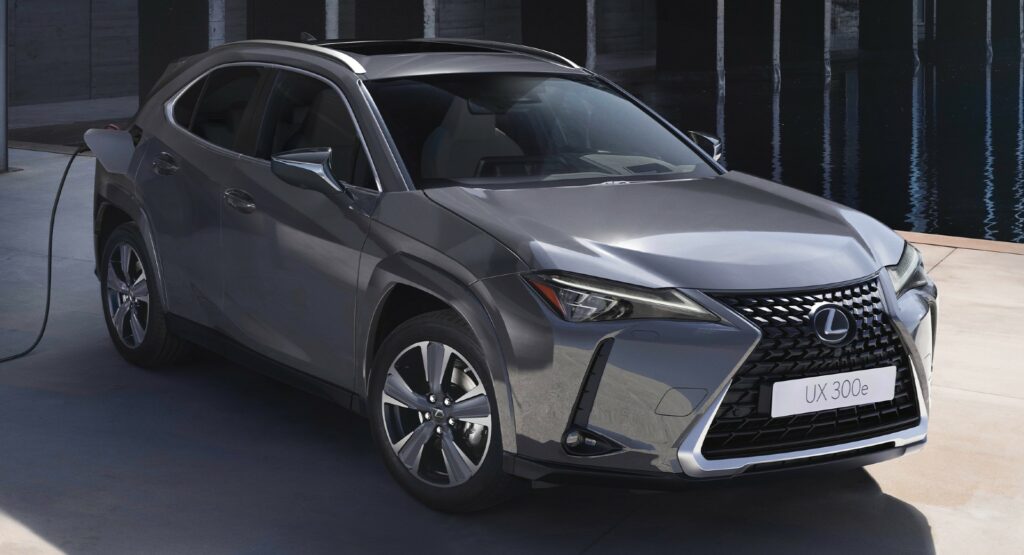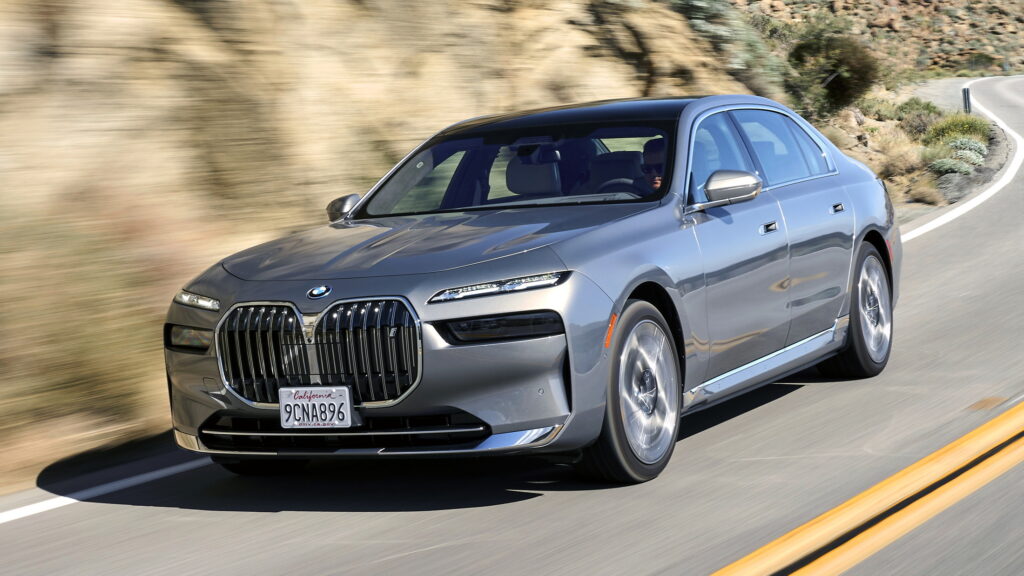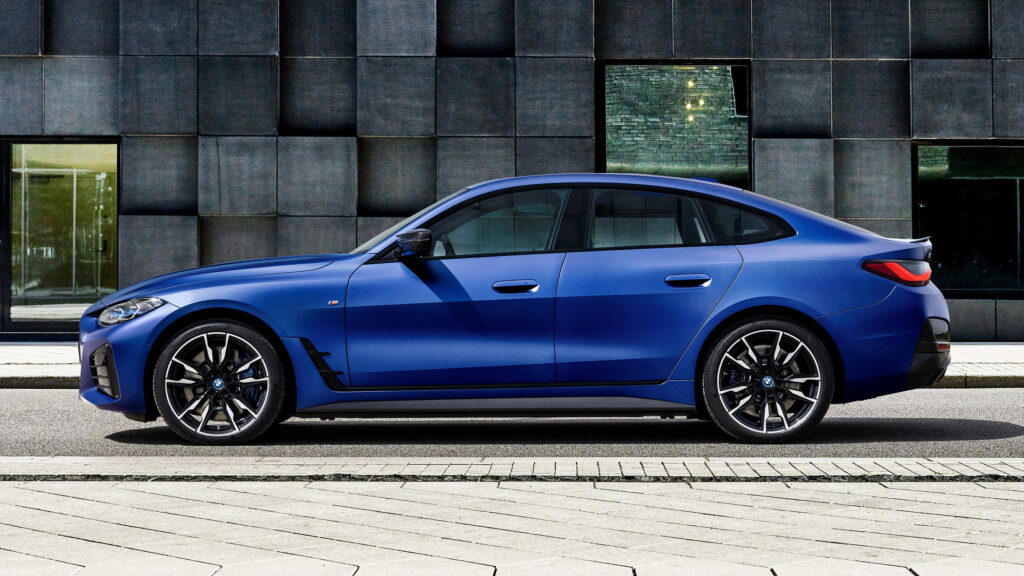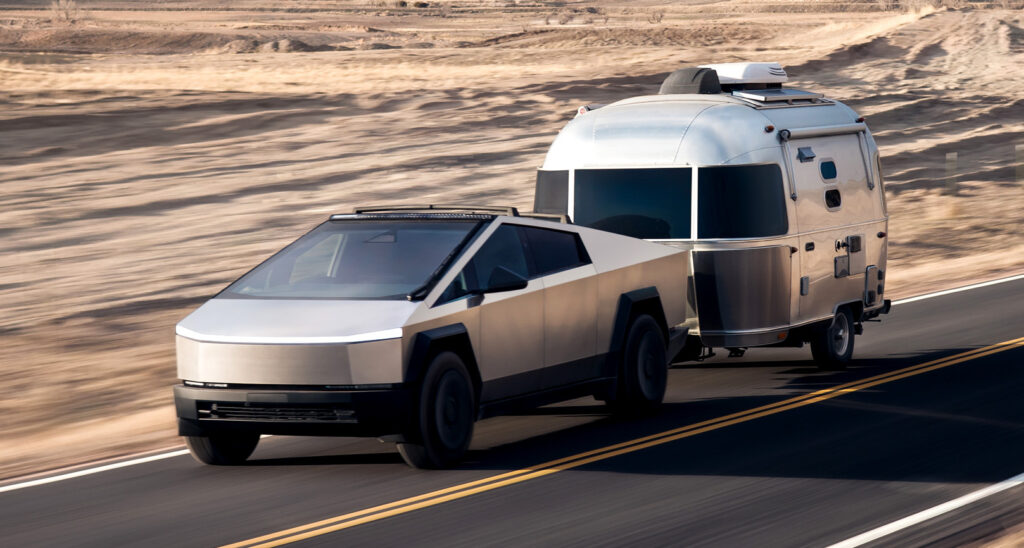Kia Thrashed The EV4 For 6,200 Nurburgring Miles But Speed Wasn’t The Goal
- Kia says the EV4 is guaranteed to retain at least 70% of its battery capacity after 100K miles.
- Over 6,200 miles (10,000 km) on the Nurburgring, Kia engineers pushed the EV4 to its limits.
- Base EV4 models in the United States rock a relatively smaller 58.3 kWh battery pack.
Earlier this year, Kia unveiled the all-electric EV4 in both sedan and hatchback guises. Fast forward to late July, and the South Korean carmaker has dropped details about one of the EV4’s most grueling tests from its development: a torturous 6,200 miles (10,000 km) stint at the fabled Nurburgring Nordschleife circuit in Germany.
Kia has released several images of the EV4 being tested on European roads in hatchback guise, curiously still wrapped in camouflage even though the finished car was presented several months ago. Unfortunately, there’s no imagery of it on the ‘Ring. What we do know is that the 6,200-mile (10,000 km) test session at the circuit formed part of a 68,000-mile (110,000 km) European road durability test.
Read: Kia’s First Electric Sedan Is Here To Beat The Model 3 At Its Own Game
The Nurburgring test aimed to simulate 90-95 percent of its maximum performance output, and it underwent multiple hypercharging sessions between laps. By the end of the track test, as well as the on-road testing, the EV4’s battery returned a state-of-health reading of 95 percent. EV4s sold to the public will be guaranteed to retain at least 70 percent of their original capacity after 100,000 miles (160,000 km) or eight years of regular use.
“To provide our customers a reliable, everyday EV, we had to validate the EV4’s durability both in real-world and extreme environments,” the manager of durability development at Hyundai Motor Europe Technical Center, Stephan Hoferer said. “With the rigorous testing – from icy roads to racetracks, we’re confident the EV4 will deliver dependable performance well beyond everyday needs.”
All EV4s are based on a 400-volt architecture and will be available with a front-mounted 201 hp electric motor in all trims. In the US, the base model will come standard with a 58.3 kWh pack, while the flagship variant gets a 81.4 kWh unit.
Evidently, the EV4 is not the type of car that owners will be taking to the track. But, if the Korean brand that in the past few years goes from strength to strength wants to spice it up with a hot, GT-branded version, it certainly has the know-how to do so.























